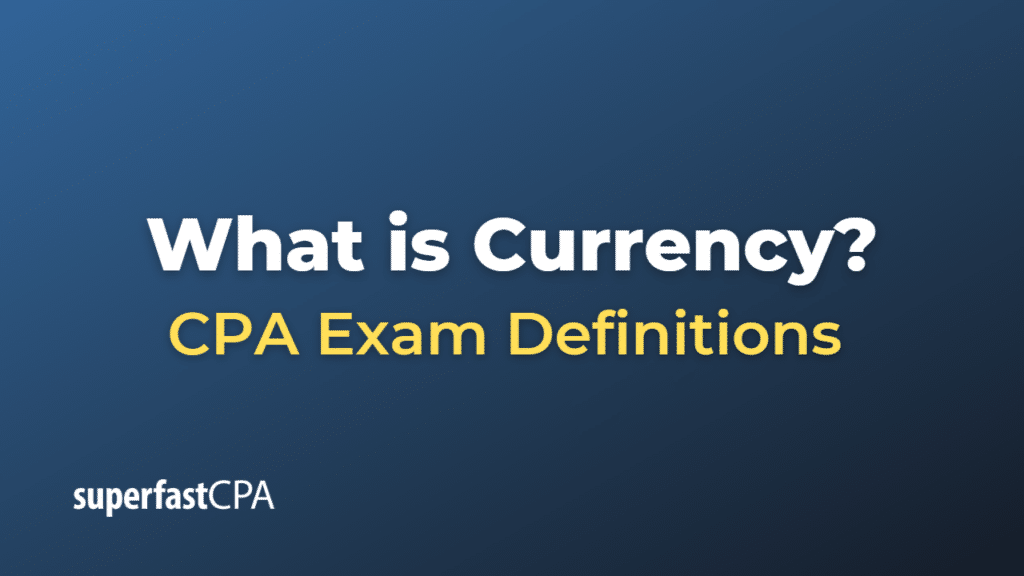Currency
Currency is a system of money that is accepted as a medium of exchange for goods and services in a particular country or economic region. It represents a standardized unit of account and serves as a store of value. Currency can exist in both physical form, such as banknotes and coins, and digital form, such as electronic entries in a banking system or digital cryptocurrencies.
Key functions of currency include:
- Medium of Exchange: Currency is used as an intermediary in trade to avoid the inconveniences of a barter system, where goods and services are directly exchanged for other goods and services.
- Unit of Account: Currency provides a common measure of the value of goods and services being exchanged, allowing for a consistent understanding of value within the economy.
- Store of Value: Currency can be saved and retrieved in the future. It is a way of “storing” wealth or purchasing power, although its value can be eroded by inflation.
- Standard of Deferred Payment: Currency is used as a measure for settling debts or obligations that are not paid immediately.
Each country typically has its own currency, such as the US dollar (USD) in the United States, the euro (EUR) in the Eurozone, the yen (JPY) in Japan, and the pound sterling (GBP) in the United Kingdom. However, some countries may adopt the currency of another country or a group of countries, such as some countries in Central America and the Caribbean that use the USD.
In the modern era, the value of a currency is mostly based on supply and demand dynamics in foreign exchange markets, with some exceptions where currencies are pegged to other currencies or gold. This is a shift from older systems like the gold standard, where the value of a currency was directly linked to a specific amount of gold.
Example of Currency
Let’s use the US dollar (USD) as an example of a currency.
The USD is the official currency of the United States, and it is issued and regulated by the country’s central bank, the Federal Reserve. It comes in physical forms such as coins and banknotes, and also exists as digital currency in the form of electronic balances in bank accounts.
Let’s say you live in the United States and you want to buy a book that costs $20. You can exchange $20 in US currency (either in physical or digital form) for the book. The bookstore accepts your $20 because it trusts the value of the US dollar, which is widely accepted as a medium of exchange in the US.
The USD also serves as a unit of account, meaning it’s a standard measure for pricing items. The price of the book is $20, not 3 loaves of bread or 2 hours of labor. This makes it easier for you to compare the value of the book with other goods and services.
The USD also serves as a store of value. If you earn $100 and spend only $80 on groceries, you can keep the remaining $20 for future use. You might keep it as cash, or deposit it in a bank account, where it becomes digital currency.
Furthermore, the USD is used globally and is a major reserve currency. This means it is held in significant quantities by many governments and institutions as part of their foreign exchange reserves, and it is commonly used in international transactions. For instance, if a company in Japan sells cars to a buyer in Brazil, the transaction might be conducted in USD, even though it’s not the local currency of either country.













